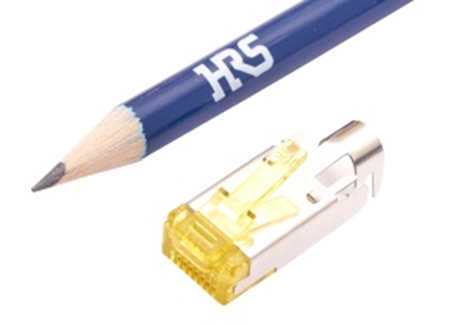
Categories
Search Site
Cable Assembly Service
Coax Solutions Ltd offers a full range of in house cable assembly solutions.
Read moreSpecials
Blog
Articles by Month
HIROSE (HRS) TM31P Series - Shielded RJ45 Cat 6A modular connectors
TM31P Series - Shielded, RJ45, Cat.6A Performance Modular Plugs
HIROSE Electric Co. Ltd, a world-class leader in design and manufacture of innovative connector solutions, has developed the TM31P series that delivers a high-speed connectivity solution for 10G Ethernet applications.
The connector range consists of a modular plug, wire guide and covers.
TM31 series plugs have been tested by GHMT according to ISO/IEC 11801 standard and can support Cat.6A performance level (certified in 2013, based on patch cords).
The unique contact arrangement is placed over two rows instead of one to give improved transmission characteristics and optimized performance.
 The metal shield gives protection against electromagnetic interference due to the 360° coverage of the engagement area. When mated with the corresponding connector the shield surfaces are securely connected to provide a continuous circuit.
The metal shield gives protection against electromagnetic interference due to the 360° coverage of the engagement area. When mated with the corresponding connector the shield surfaces are securely connected to provide a continuous circuit.
A wire guide is available (ordered separately) to allow easy alignment of the cable conductors inside the plug housing. The user-friendly hand tool clamps the cable and terminates the IDC contacts in one simultaneous operation saving time. The hand tool can also be used on the popular TM11 and TM21 series.
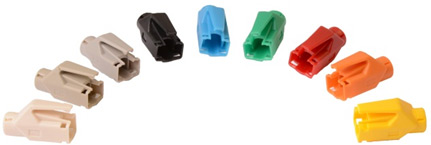 The foldable one piece covers allow easy access to the termination areas. In addition, the cover extends over the release latch tab to protect it against damage during the handling process. The covers are available in 9 different colours from the TM21P range.
The foldable one piece covers allow easy access to the termination areas. In addition, the cover extends over the release latch tab to protect it against damage during the handling process. The covers are available in 9 different colours from the TM21P range.
Key Features
- Number of contacts: 8
Compliance category: Cat.6A
Current rating: 1 A
Voltage rating: AC 125 V
Cable size: AWG 24-27
Mating cycle: 750
Operating temperature: -55°C to + 85°C
Suitable for hubs, switches, routers, switched interfaces, LAN, MAN, WAN networking equipment that supports 10G-Ethernet standards.


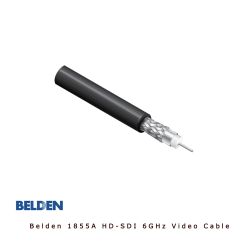 Belden 1855A - 305M
Belden 1855A - 305M
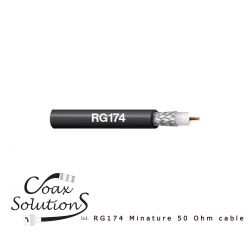 RG174-500M Reel
RG174-500M Reel
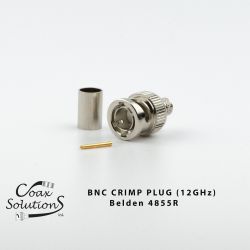 Precision BNC Plug Belden 4855R
Precision BNC Plug Belden 4855R
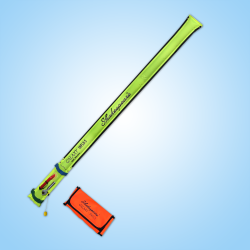 Inflatable Antenna - Marine
Inflatable Antenna - Marine
